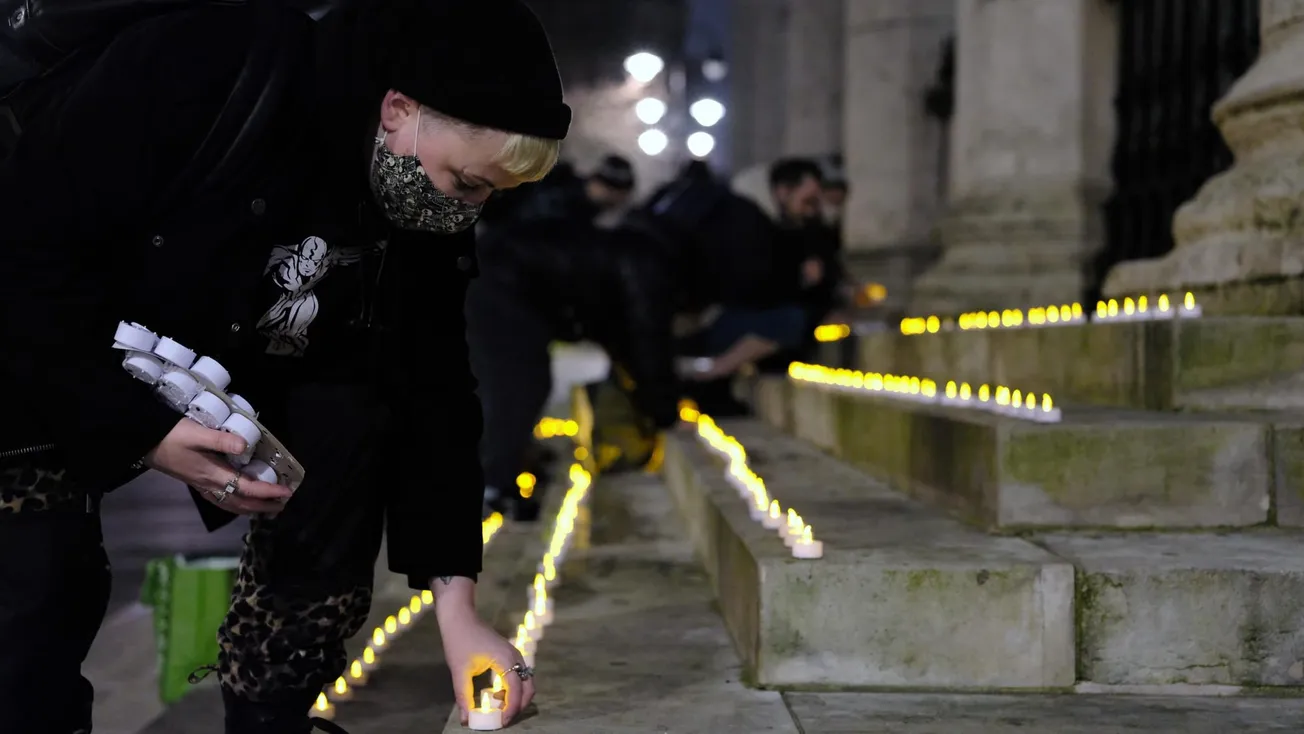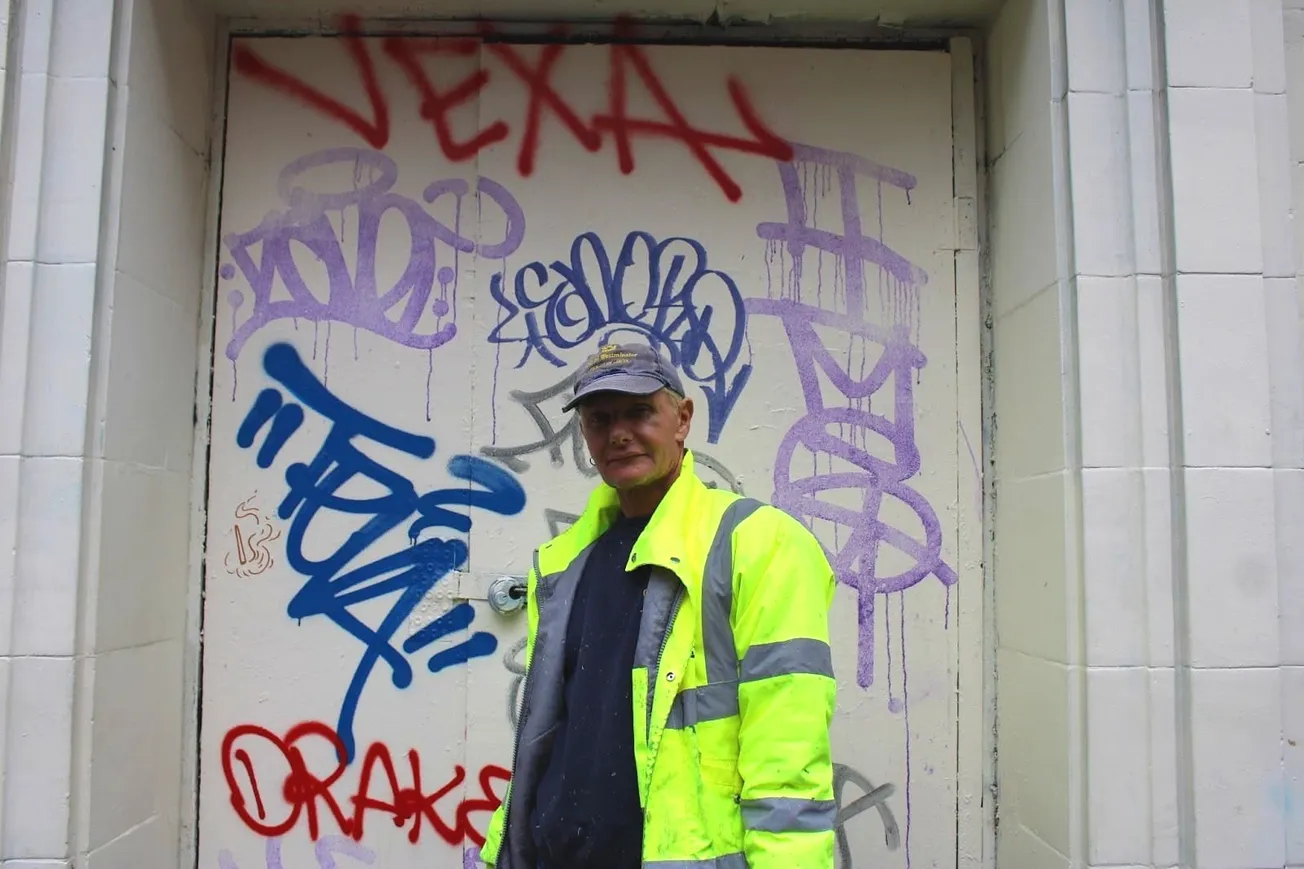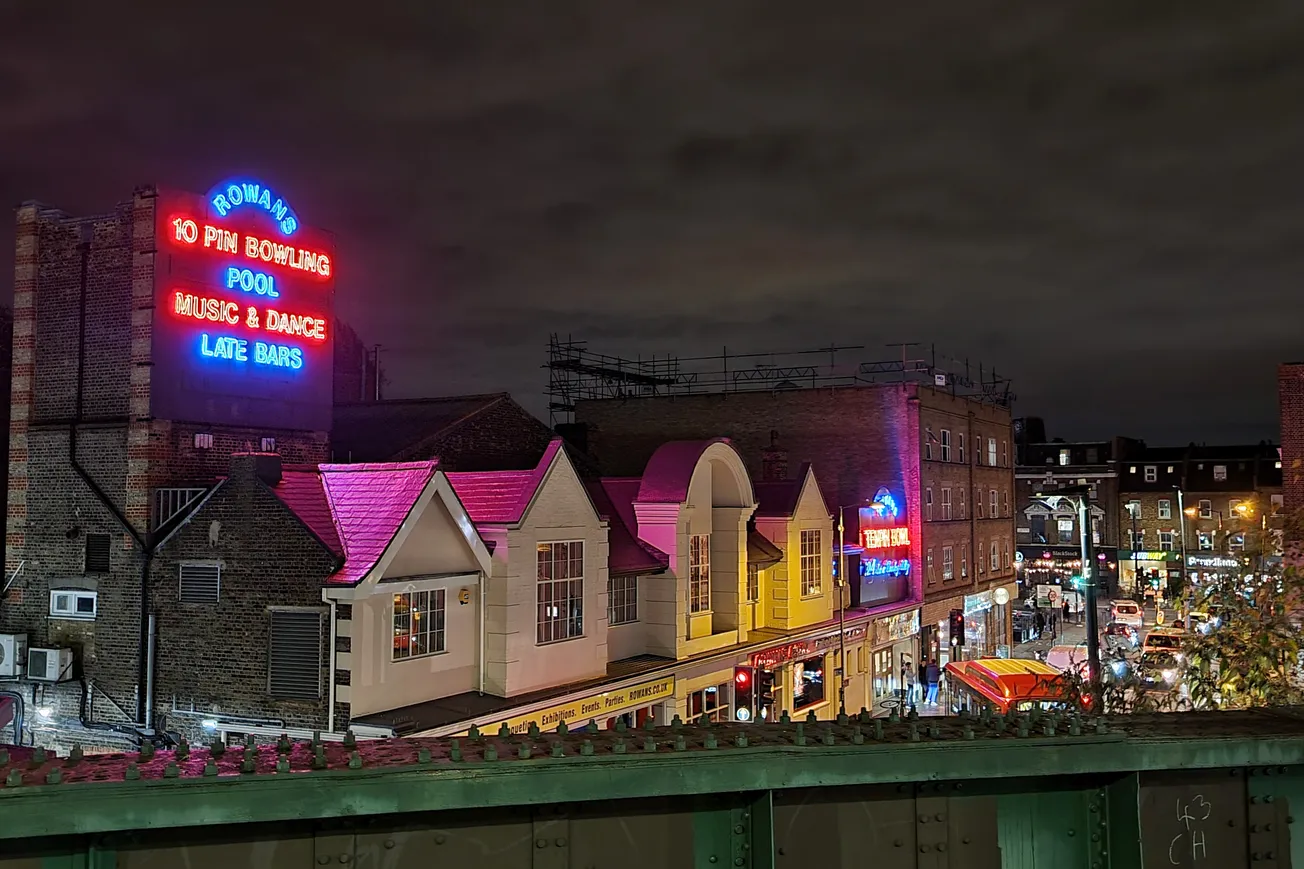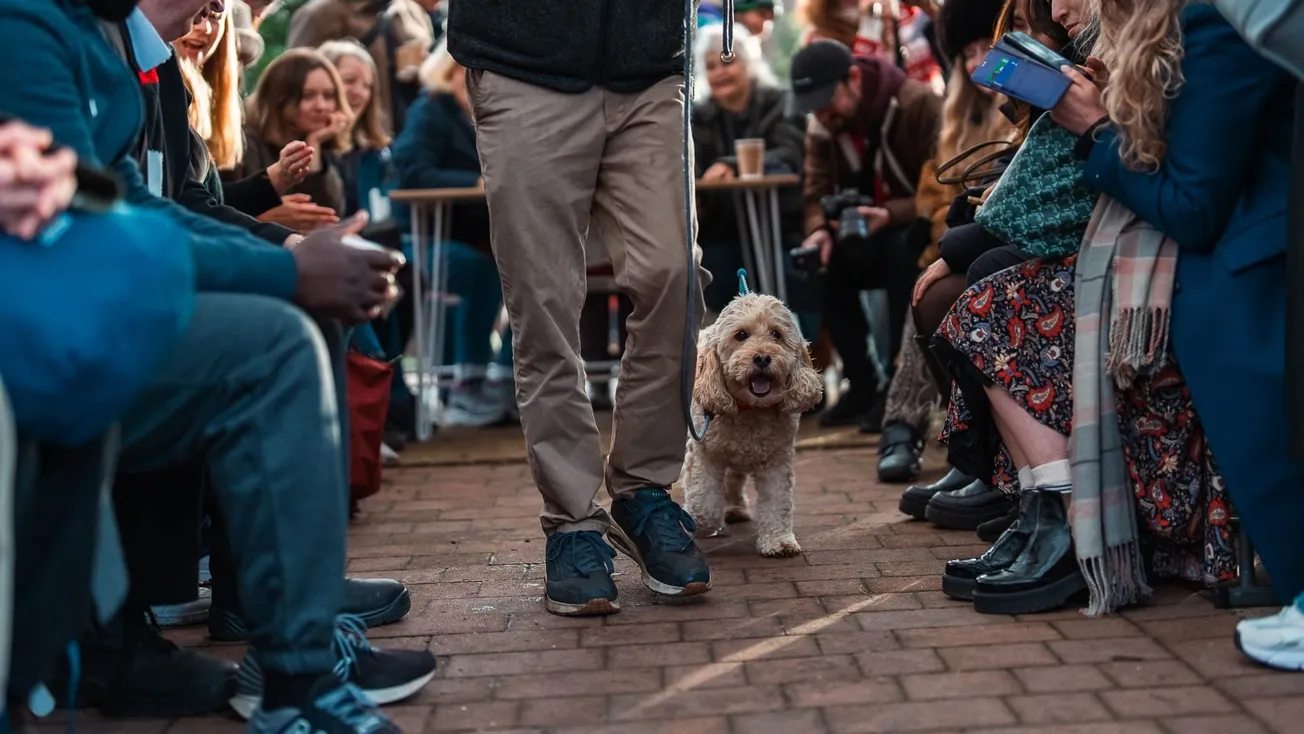Dear Londoners — according to official estimates, the capital has the highest number of unhoused people in the UK, with one homeless person for every 47 residents — and the number is constantly rising. But there are still many ways in which these individuals fall through the gaps. That’s where London-based charity the Museum of Homelessness and its Dying Homeless project come in. By piecing together the existences of the men and women whose lives end on the streets each year, they allow the deceased to be mourned — giving them a dignity they were largely unafforded in life. Today’s piece by staffer Miles Ellingham explores the vital work they do.
First, here’s your London in brief:
💸 Readers may remember our investigation from a few weeks ago into the supposed millionaire exodus from the capital. While there’s been hundreds of stories in the press about a supposed mass flight of London’s ultra-wealthy, most of those stories are based on dodgy data based on LinkedIn profiles, created by a controversial wealth advisory and a one-man research firm. Well now a new report from Tax Justice Network supports our reporting, concluding that millionaire migration rates from 2013–24 consistently sat close to the 0% mark.
🚍 A new express bus running between Waterloo, Elephant and Castle and Lewisham via Burgess Park and the Old Kent Road, nicknamed the Bakerloop, is set to launch in autumn, TfL have announced. The route is jointly funded by TfL and Southwark Council, using money generated from Section 106 agreements paid by developers building new blocks in the area.
🚘 A couple from West London were forced to steal back their stolen car after they said the police refused to look into their case, reports The Times. Mia Forbes Pirie and Mark Simpson used an Apple Air Tag to track their stolen Jaguar E-Pace — but when the Met said they didn’t have capacity to track it down, the couple went to claim it themselves.
At The Londoner, we're on a mission to produce in-depth, high-quality journalism. But this isn't just time consuming — it's costly. If you agree with our undertaking, please consider becoming a backer with our summer discount. For just £4.95 a month for your first three months, you can read this story — and the rest of our members-only content.
Often, when a person categorised as homeless by a local authority dies, nothing is left behind, not even a name. Many are recorded, in official documents, only by their initials, like Ms H, who died of a morphine overdose at a friend’s house in Tower Hamlets after two children had been “removed from her care”, or Ms I, another overdose casualty, whose body had remained undetected on the floor of her ward room in Bart’s Hospital under a heap of clothes.
Musa Sevimli, who died aged 63 on 30 July 2019, had a name. He also had a life — albeit one systematised into the official language of his Safeguarding Adult Review (SAR), a posthumous, multi-agency report legally required if abuse or neglect is known or suspected to have contributed to a person’s demise.
Not much is known about Sevimli’s background. He moved to the UK from Turkey, with indefinite leave to remain — it’s unclear as to when — and understood more English than he spoke. In 2002, he was working in a restaurant and lived above a pub. He began sleeping rough some time around 2009 after serving a brief sentence in Brixton prison. Initially, he bedded behind a mosque in Stoke Newington. After that, he was in and out of Hackney’s network of hostels, evicted from five. Sevimli had a history of alcohol and opiate addiction. He’d sought help for this, or help had been sought for him. As of 2001, he was receiving opiate substitute medication methadone.
He’s thought to have had two sons in Turkey and a niece in the UK, although care services had difficulty getting in contact with her — when they did, she told them that he had “significant difficulties in his life and with relationships". He also had a sister who died roughly a year before he did. Reading between the lines, it seems that Sevimli loved his sister dearly. When she was admitted to hospital in 2017, he would regularly visit her, often citing her dwindling health as the reason for terminating care sessions early.
Sevimli's struggles with crack cocaine and heroin eventually led to a decline in his memory. His orientation became poor and he was increasingly unable to retain information. In his final year, he appeared to have forgotten that his sister was dead at all, telling passers by that someone was about to pick him up and take him to her. In Turkish, the name “Sevimli” translates to “cute, loveable, lovely”; the word derives from “sevmek” — “to love”.
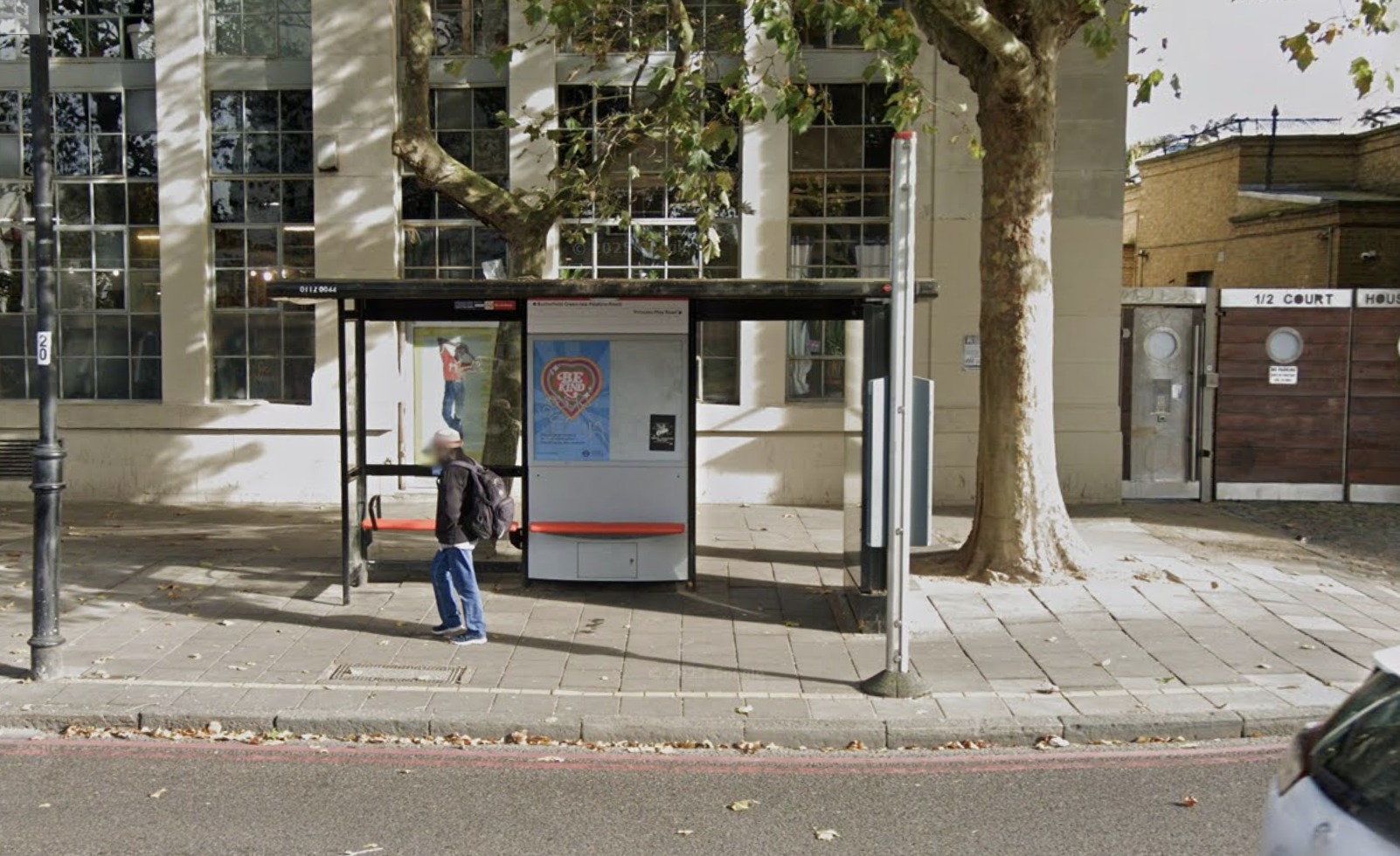
Sevimli died at a bus stop in Hackney, where he’d been sleeping for weeks. The coroner listed his cause of death as “acute myocardial infarction, coronary artery atherosclerosis and aspiration pneumonia”, but essentially he deteriorated out of life, eventually succumbing to a heart attack. In his last few weeks, Sevimli couldn’t move the lower half of his body. He wasn’t able to change out his soiled clothes which were “stiffened with dirt”. His hands were swollen and red. His shoes had holes in them. He had multiple, large, necrotic pressure ulcers. Sevimli died under a pile of blankets.
The details above wouldn’t be available to me, or anyone else, if it wasn’t for the diligent work of Professor Michael Preston-Shoot, an emeritus social work academic from University of Bedfordshire who assembled Sevimli’s SAR — along with many others — for the relevant local authority. Preston-Shoot collated a detailed body of suggestions highlighting the many stages at which Sevimli’s decline might have been averted. Over the past week, I’ve been trawling through over a dozen similar SARs. What’s stuck with me is that the deaths conclude, in many cases, a non-life, one spent drifting hopelessly in and out of care, typically misted by drugs and alcohol. Moreover, the SAR’s, for all their bureaucratic frigidity, are just the ripples on the surface.
But these people existed. And at Manor House Lodge, on the edge of Finsbury Park, the Museum of Homelessness is dedicated to counting them.
London deserves great journalism. You can help make it happen.
You'are halfway there,the rest of the story is behind this paywall. Join the Londoner for full access to local news that matters, just £8.95/month.
SubscribeAlready have an account? Sign In

Comments
How to comment:
If you are already a member,
click here to sign in
and leave a comment.
If you aren't a member,
sign up here
to be able to leave a comment.
To add your photo, click here to create a profile on Gravatar.

